When people think of the United States, they often picture its iconic cities or famous landmarks—but the sheer size and diversity of its states are just as fascinating.
Whether you're a traveler planning a road trip, a geography enthusiast, or just curious about how the states stack up in terms of land area, this article will guide you through the biggest states in America—starting with the largest of them all.
Let’s dive into the vast landscapes that define the size and spirit of the U.S.
To stay connected no matter where your travels take you across this vast country, consider using an iRoamly USA travel eSIM for fast and reliable internet access.
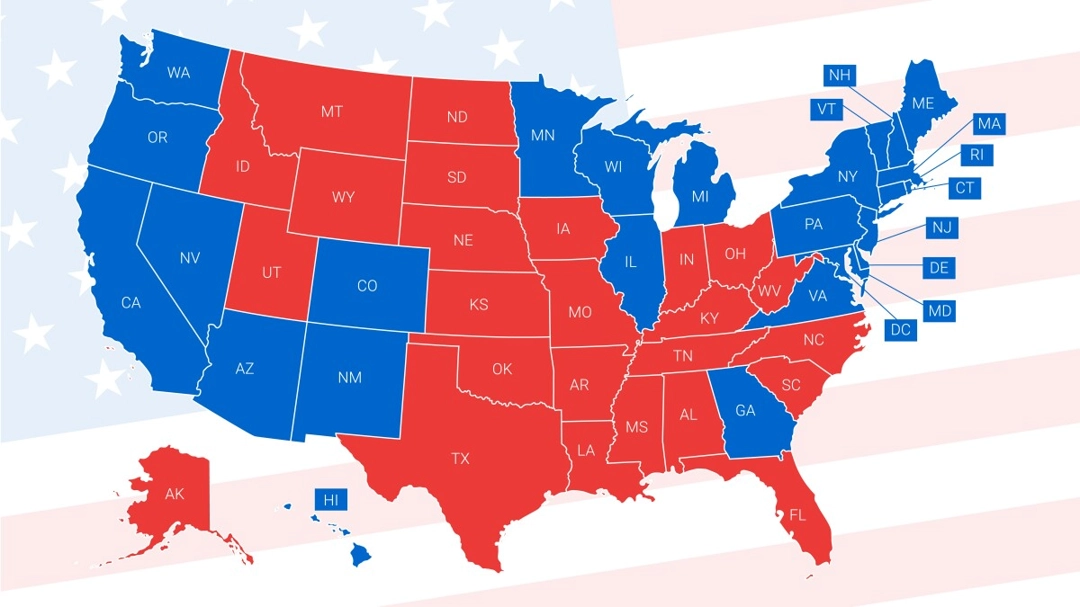
What Is the Largest State in the United States?
Alaska is without a doubt the largest state in the U.S. When we say big, we refer to about 663,300 square miles! That’s right— Alaska is more than two times the size of Texas.
Wrap your head around that! Actually, it’s definitely bigger than the 22 smallest U.S. states combined. Despite its enormous size, Alaska is not cramped at all—it’s a spacious territory but with a low population of residents.
What’s so special about Alaska? Well, it’s renowned for its wild landscape, Arctic climate, and remote, unspoiled nature. Its the place where you actually feel like you’ve reached the end of the earth.
Why Alaska Stands Out
What really sets Alaska apart is its geographical isolation. While the other states in the U.S. are all connected to the lower 48 states, Alaska is an island on its own. It feels like a whole other world when you fly over the uncharted wilderness.
This isolation creates a unique adventurous and mysterious atmosphere in Alaska that I haven’t found anywhere else.
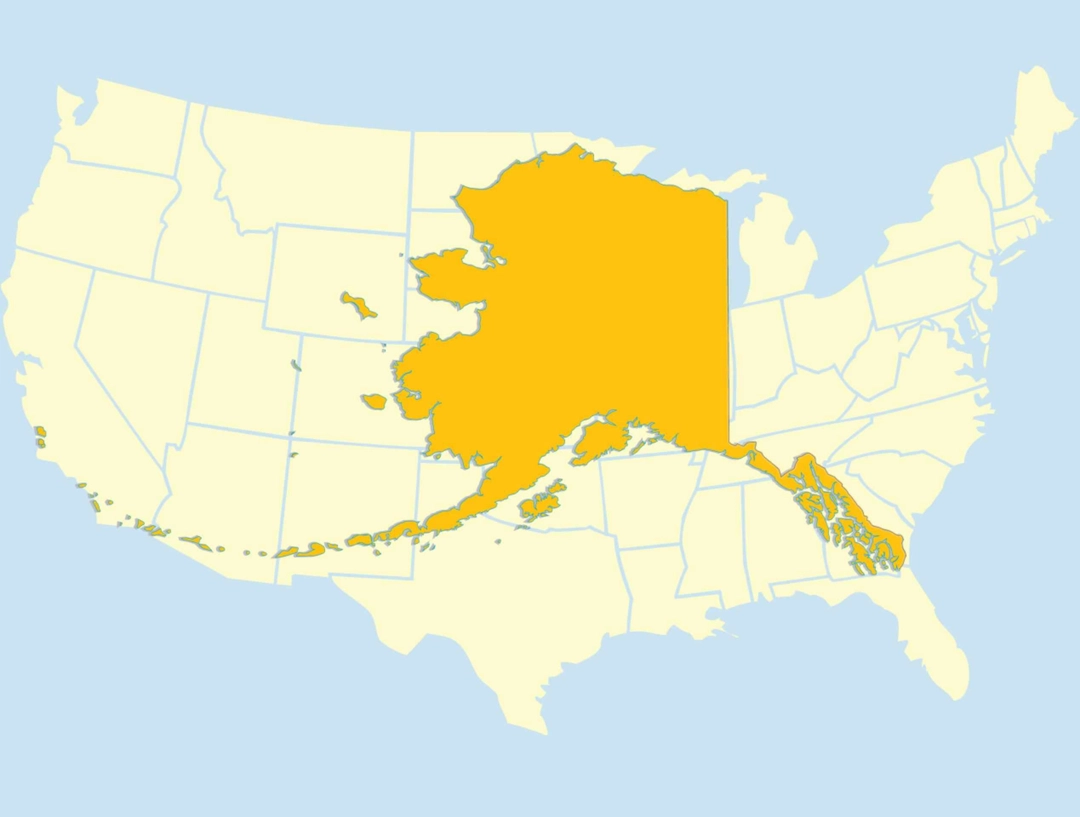
Alaska is also strategically important. Its history of Russia and the 1867 purchase are quite intriguing, and its military presence is a sign of continued strategic importance.
Sitting where it does, Alaska has always been on the global map and is more than just a pretty landscape.
The natural beauty of the state is incredible. Think massive glaciers, towering mountains, and abundant wildlife — all in one spot! It’s as if nature chose to put all of its greatest hits in one place.
Travelers and adventure junkies come up here to see the northern lights or spot whales on the shore. It’s a playground for nature lovers and outdoor enthusiasts.
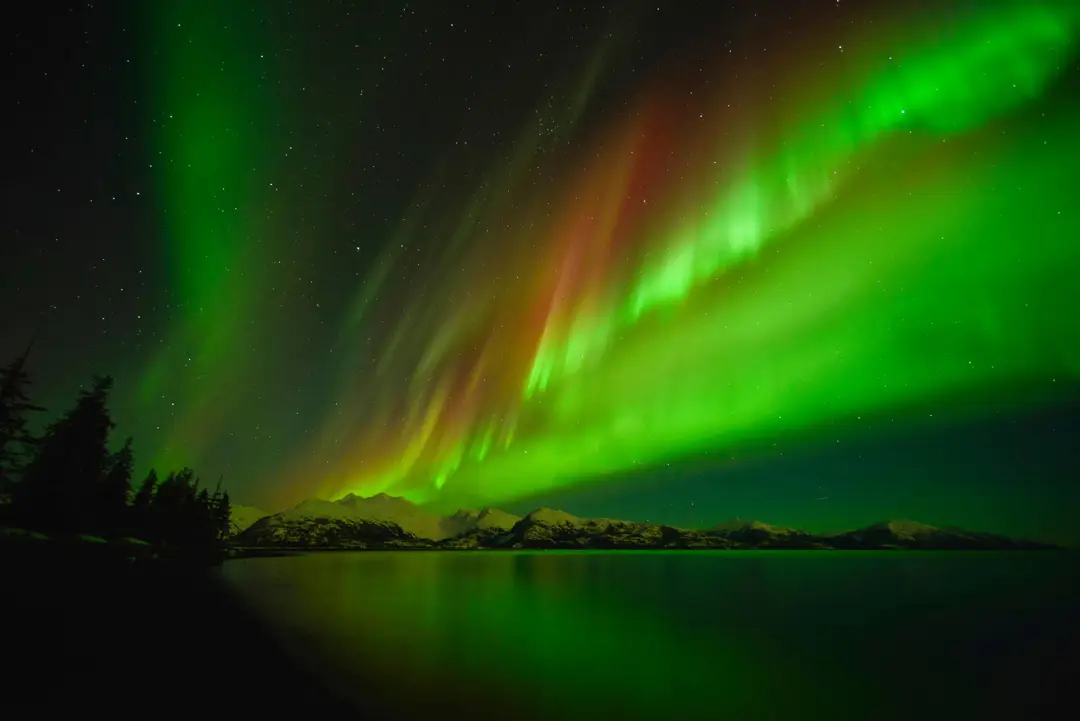
Alaska, full of remote wilderness and history, draws thrill-seekers. Most visitors come to hike, fish, and commune with nature.
The land has an untouched quality and thick, natural air of adventure, which is why so many put it on their bucket list, wanting to enjoy something outside the norm.
The 10 Largest States in the U.S. (Excluding Alaska)
Texas – ~268,600 sq mi
When you think of Texas, think big. That’s because it really is big! It’s the second-largest state (in land size) in the country (only Alaska is larger).
It’s a state of variety, from the cities of Austin and Houston which rival anywhere else in the country for music, culture, and technology to the countryside, with its hills and farmland, to the deserts and open road.
Texas embraces its stereotype more than any other state. From the cowboy boots, cowboy hats, BBQ, and guns, Texas is the quintessential wild wild west.
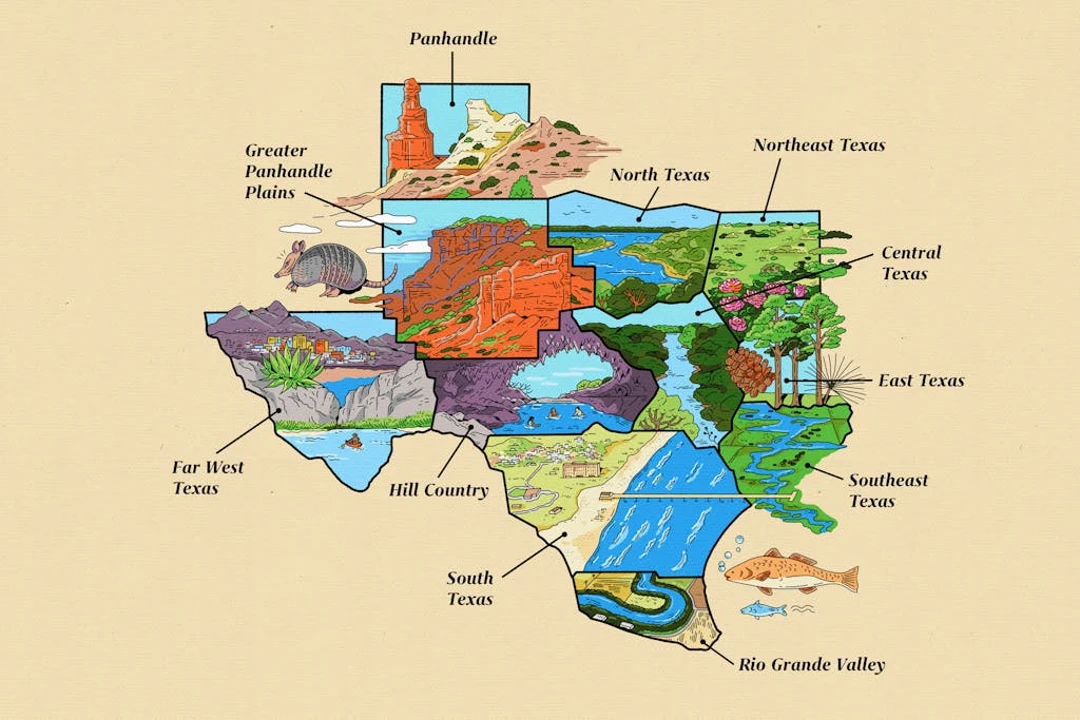
California – ~163,700 sq mi
California is a microcosm of the diverse geography of the United States. It not only has Hollywood but also two must-visit American cities: Los Angeles and San Francisco.
Here, you can find beautiful beaches, national parks (Yosemite), and snow-capped mountains. Add in a diverse population and a huge tech industry and it’s easy to see why people from all over the world flock here.
Montana – ~147,000 sq mi
Montana is called “Big Sky Country” because of its sweeping and beautiful landscapes that appear to stretch on indefinitely. It is a nature lover’s paradise with the stunning national parks of Glacier and Yellowstone within easy reach.
It’s a wonderful place for outdoor activities, no matter if you be hiking, fishing, or simply admiring the scenery. The open land and rugged wilderness of Montana are invigorating.
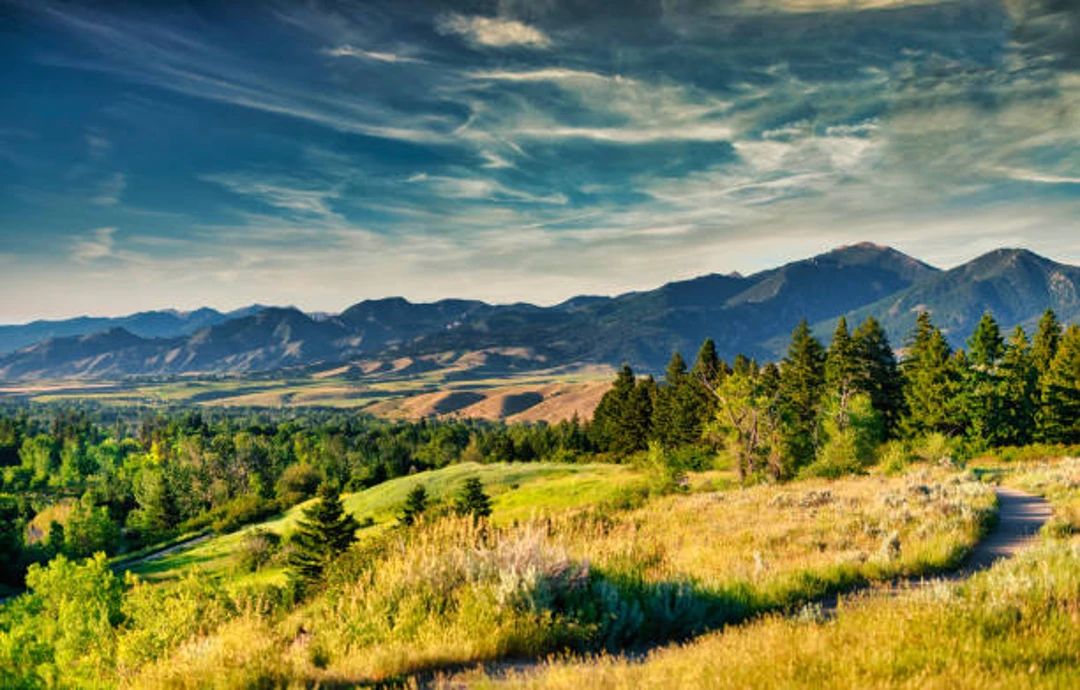
New Mexico – ~121,600 sq mi
New Mexico is a state of intense beauty with a rich Native American history. It’s a destination where past meets present and you can see that in both the traditional and contemporary populations of the region.
Whether you want to experience the art scene in Santa Fe or just wander around in nature at White Sands, the state has something to offer everyone. New Mexico is a truly unique state that doesn’t disappoint!
Arizona – ~113,900 sq mi
The Grand Canyon is here, so it’s worth a visit! The deserts (and the sunsets) are beautiful and if you stick to places like Phoenix and Tucson, you’ll enjoy the comforts of civilization.
Whether you explore or hike or take a road trip, you’ll be pleasantly surprised that there’s more here to do then you thought!
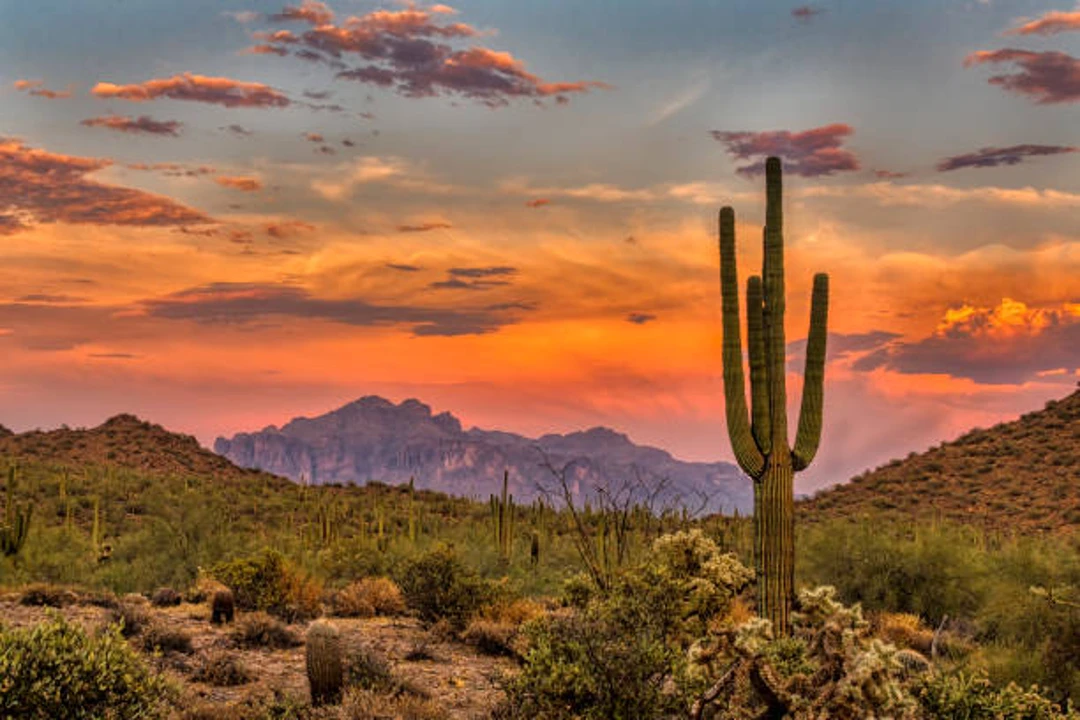
Nevada – ~110,600 sq mi
While Las Vegas get all the attention for its bright lights and casinos, Nevada is all about the outdoors. Leave the city and you’ll find some serious deserts and a fringe of ghost towns that try to make you relive the old days.
Whether that’s hiking in Great Basin National Park, or just enjoying the bizarre beauty of the desert, Nevada entices with the offbeat and wide open areas.
Colorado – ~104,100 sq mi
Colorado is the outdoor enthusiast’s paradise. The stunning Rocky Mountains are a perfect spot for outdoor adventures, such as skiing, hiking, and mountain biking.
While the cities (like Denver) do offer entertainment and culture, the real reason to come to Colorado is the great outdoors. Whether you love an adrenaline rush or just want to relax, there are activities here year-round.
Oregon – ~98,400 sq mi
Oregon is all about green: lush forests and a stunning coastline. Cities like Portland offer a vibrant food and cultural scene, as well as interesting and off-the-wall attractions.
Once you leave the city you can visit incredible waterfalls, scenic byways, and enjoy the road trip of a lifetime. It’s a great blend of nature and cities. What’s not to love about that?
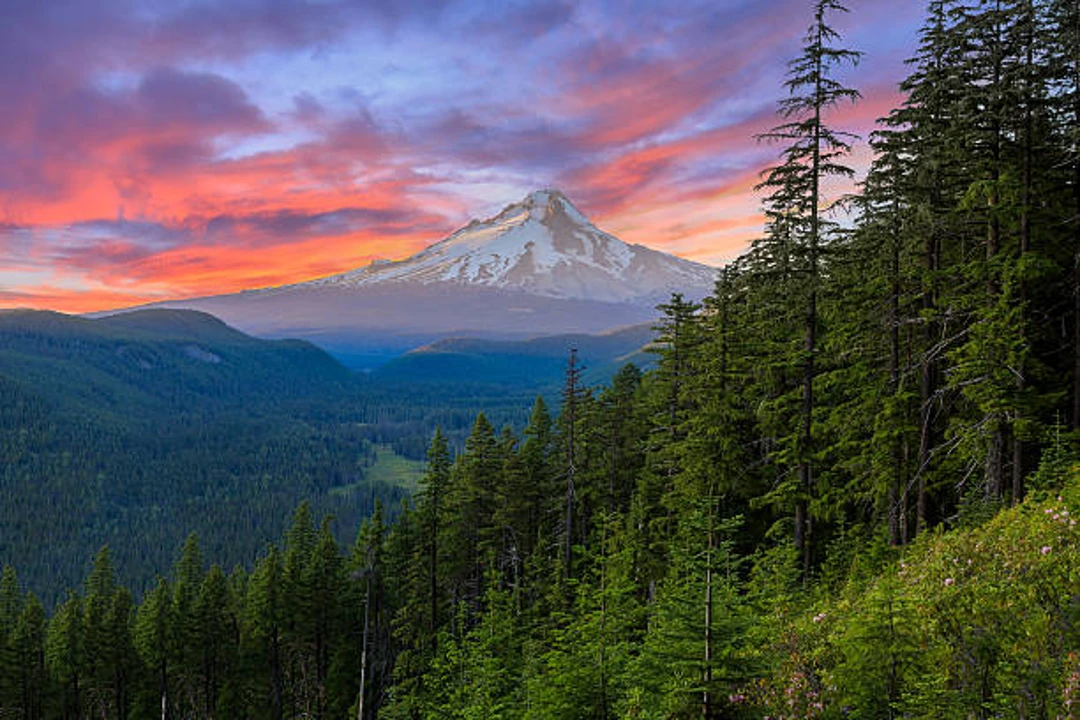
Wyoming – ~97,800 sq mi
A visit to Wyoming offers a glimpse of the Wild West. The sparsely populated state is best known for Yellowstone National Park, one of the best US national parks, whose geysers and hot springs are additional must-sees when in Wyoming.
Its wide-open areas and wild terrain are ideal for anyone wanting to escape the crowds and experience truly breathtaking views, while the state’s sweeping landscapes and remarkable nature serve as a major draw for anyone looking to get back to their roots.
Michigan – ~96,700 sq mi
Michigan really stands out, with its endless Great Lakes shoreline and two very distinctive peninsulas.
The state offers something for everyone, including lounging on the beach, taking in the excitement of Detroit, or hitting the college bars in Ann Arbor.
You can also turn your trip into a water vacation and never leave the water or spend time in its picturesque and peaceful little small towns. The state is full of hidden gems, so get exploring!
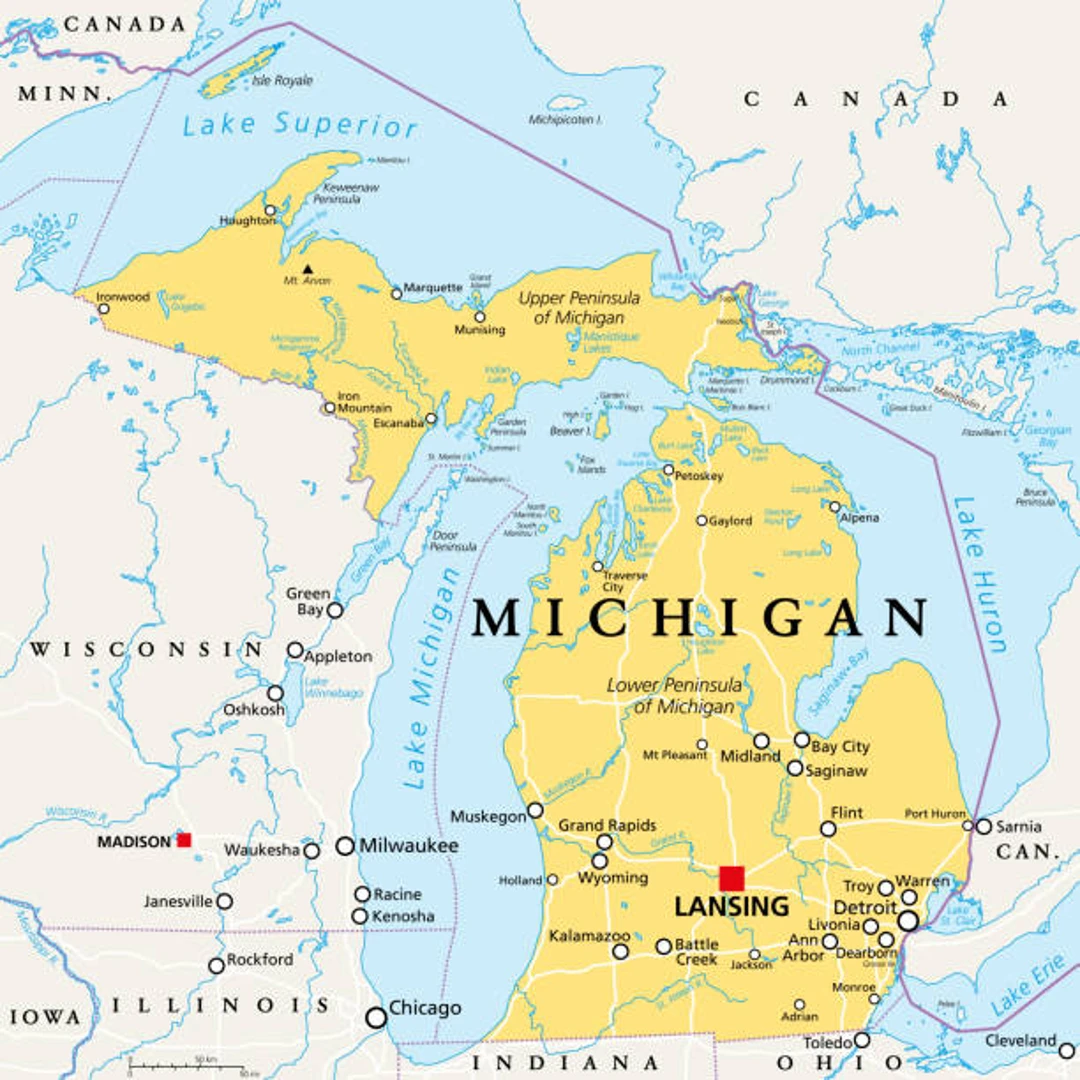
FAQ
1. Why is Michigan unique among the largest states?
Michigan is distinctive for its Great Lakes shoreline and consists of two peninsulas, offering a range of activities from beach lounging to city exploring.
2. How does Nevada’s landscape differ from its cities?
Nevada features the vibrant, lively Las Vegas but also has expansive, quiet deserts and intriguing ghost towns perfect for exploration.
3. Why do large states not always have large populations?
Large states often have more land than people, leading to more space and sometimes less infrastructure compared to smaller, densely populated states like Rhode Island.
Conclusion
From Alaska’s never-ending frontier to the sun-drenched expanses of Texas and Arizona, the USA’s biggest states have more than plenty to offer.
But in this vast country, every big state is special in some way — whether for its natural beauty, cultural history, or depth of history. In a diverse and sprawling county like the US, there’s always something new to visit no matter what the region.
